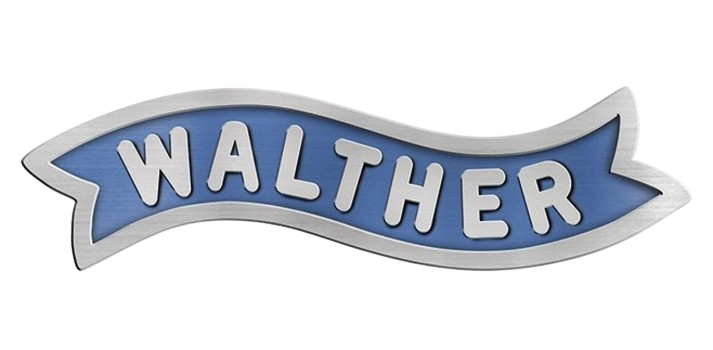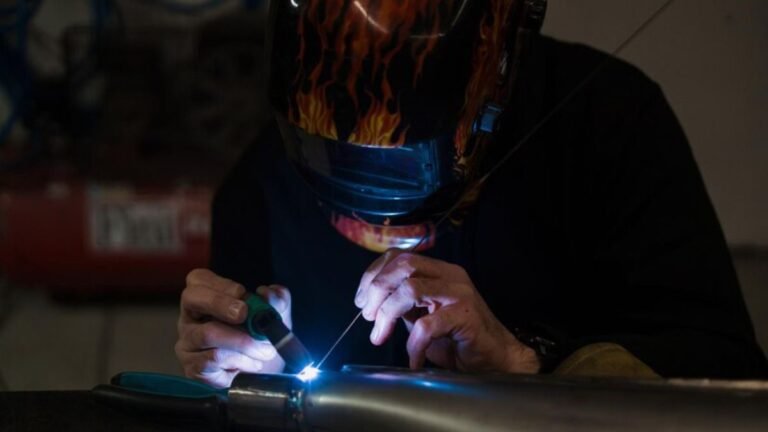Tungsten plays a pivotal role in welding processes, particularly in its ability to withstand high temperatures and maintain stability in the arc, making it essential for achieving strong, high-quality welds. Known for its unique properties, tungsten has a high melting point, which enables it to perform effectively in various welding applications, including TIG (Tungsten Inert Gas) welding. Its durability and resistance to contamination help produce clean and precise welds, which are crucial for industries demanding high standards, such as aerospace and automotive manufacturing. As a result, selecting the right specifications of tungsten for different welding tasks is vital. Given this, it is more important than ever to comprehend the characteristics of tungsten electrodes since they directly impact the entire effectiveness and quality of the welding process.
Understanding Tungsten Grades
Tungsten electrodes are available in various grades, each designed for specific welding tasks. These grades influence the electrode’s durability, current-carrying capacity, and arc-starting capabilities. The most common grades include pure tungsten, thoriated tungsten, ceriated tungsten, and lanthanated tungsten.
Thoriated tungsten is often preferred for DC (direct current) welding due to its excellent arc initiation and stability. Conversely, ceriated tungsten is ideal for AC (alternating current) welding, as it facilitates arc starting at lower currents.
To choose the suitable tungsten grade, it’s crucial to understand the welding requirements, the type of current, and the materials being used. Incorrect grade selection can lead to poor performance or wasted materials, highlighting the importance of making well-informed decisions. Therefore, selecting the appropriate tungsten grade should be a deliberate and project-specific process to achieve high-quality and efficient welding results.
Choosing the Right Tungsten for Your Project
Selecting suitable tungsten for any project involves the analysis of several factors, such as the welding material, the type of current (AC or DC), and the welding position. For newcomers in the field and even experienced professionals, making informed decisions about tungsten selection can substantially affect the outcomes and reliability of their welding endeavors. An optimal choice ensures enhanced efficiency and minimizes potential risks associated with improper use of electrodes.
This means understanding the nuances of different welding situations and how particular tungsten electrodes perform under specific conditions. For instance, a ceriated tungsten with its proficient arc-starting ability at low currents would be ideal when working with a thin aluminum sheet requiring AC welding. Furthermore, consulting with industry experts or utilizing resource materials can also shed light on trends and best practices, ultimately guiding welders toward more sustainable and effective welding solutions.
Safety Considerations in Tungsten Use
Safety is critical when working with tungsten electrodes. Although tungsten itself is not a health hazard, the dust generated during the grinding process can pose inhalation risks. Thus, it is essential to implement measures such as proper ventilation and appropriate protective gear to safeguard health. Moreover, handling thoriated tungsten requires particular attention due to its slightly radioactive nature. Employing dust collection systems and following proper disposal guidelines mitigates these safety concerns effectively.
Beyond personal safety, welders have a broader responsibility to adhere to environmental safety regulations. Companies and individual welders must ensure that the disposal of tungsten waste aligns with local guidelines to protect the environment from potential contamination. By adhering to safety protocols, welders can create a safer working environment, significantly minimizing risks both personally and professionally.
The Environmental Impact of Tungsten Mining
Like many mineral extraction processes, tungsten mining poses environmental challenges and necessitates sustainability initiatives. Efforts to adopt environmentally friendly practices and innovative technologies aim to mitigate these impacts while balancing the demand for tungsten with the need for environmental preservation. This comprehensive approach requires collaboration among governments, corporations, and consumers to embrace sustainable practices. By promoting recycling and more efficient mining techniques, stakeholders can help reduce the adverse environmental effects associated with tungsten production. This unified effort contributes to the global movement toward sustainable industrial practices.
Exploring Advanced Welding Techniques
The world of welding is constantly expanding with the development of advanced techniques that enhance both the effectiveness and quality of welds. With several advantages over conventional welding techniques, techniques like laser welding and friction stir welding have become industry leaders. These techniques reduce energy consumption and improve precision and speed in welding processes, reshaping the boundaries of what’s achievable within the industry.
Furthermore, advancements in automation and robotics within welding are redefining operational efficiency and precision. Welding robots, equipped with AI-based systems, are increasingly being adopted within the industry, streamlining complex procedures and allowing for highly accurate welds. By integrating such sophisticated techniques into existing operations, companies can foster innovation and compete more effectively in a rapidly evolving marketplace.

